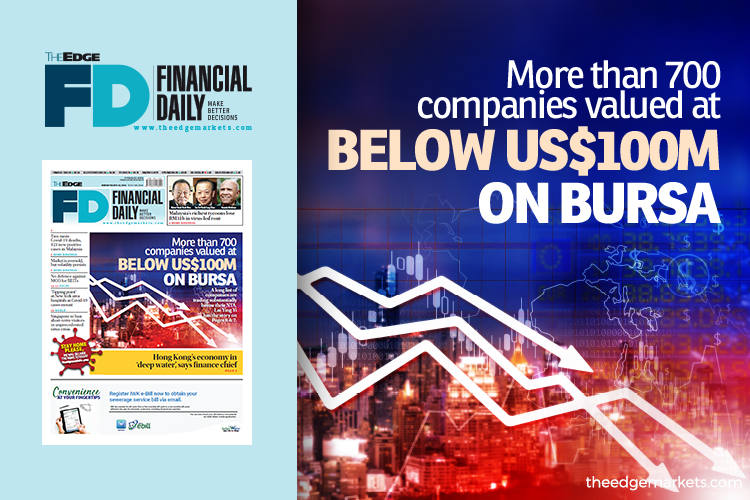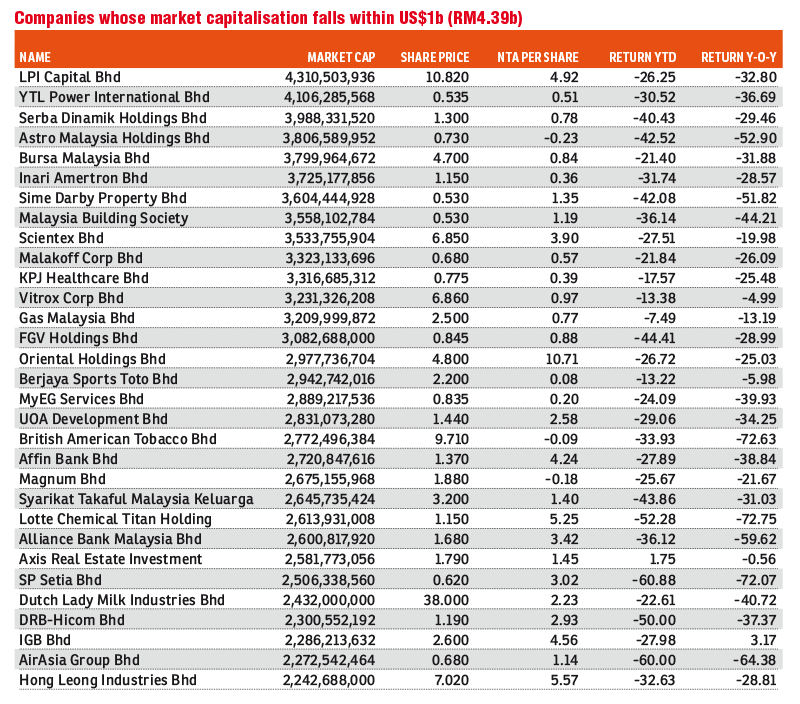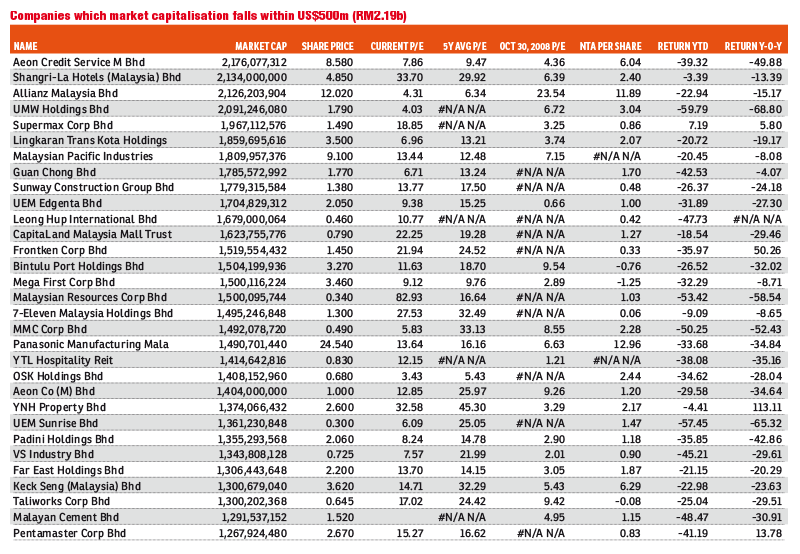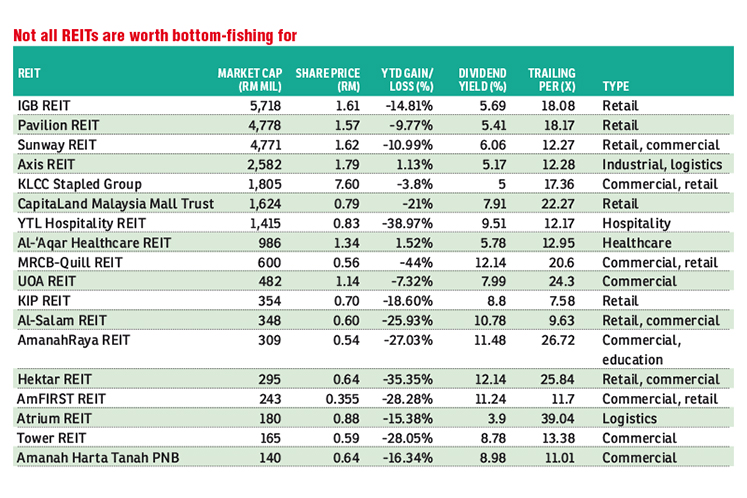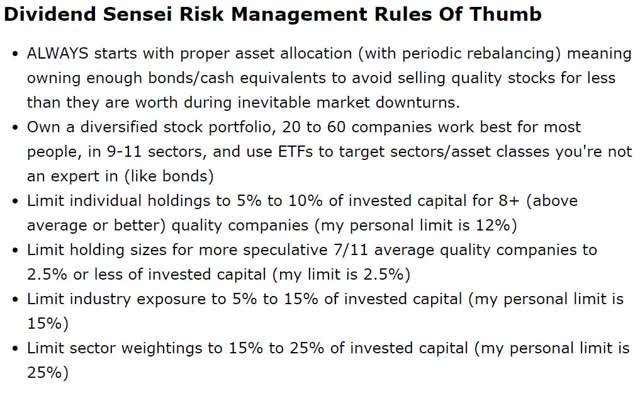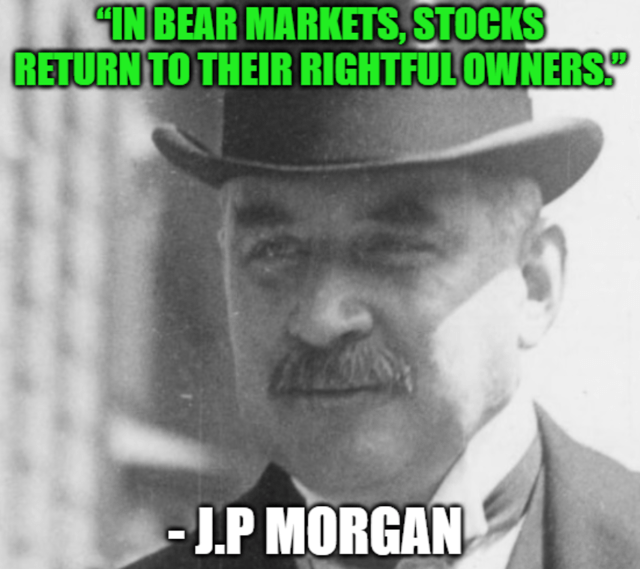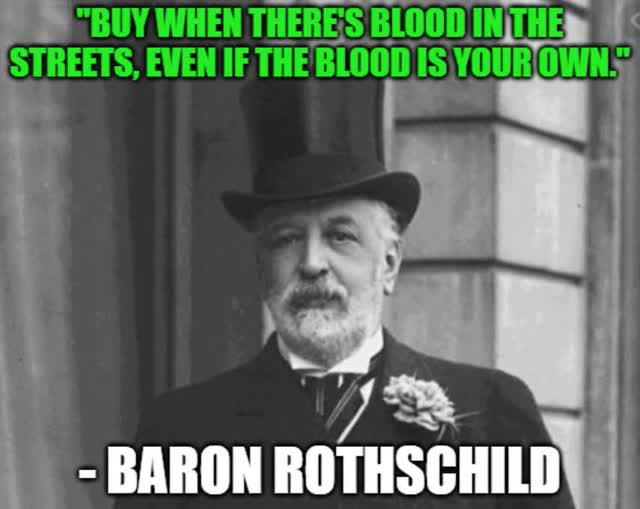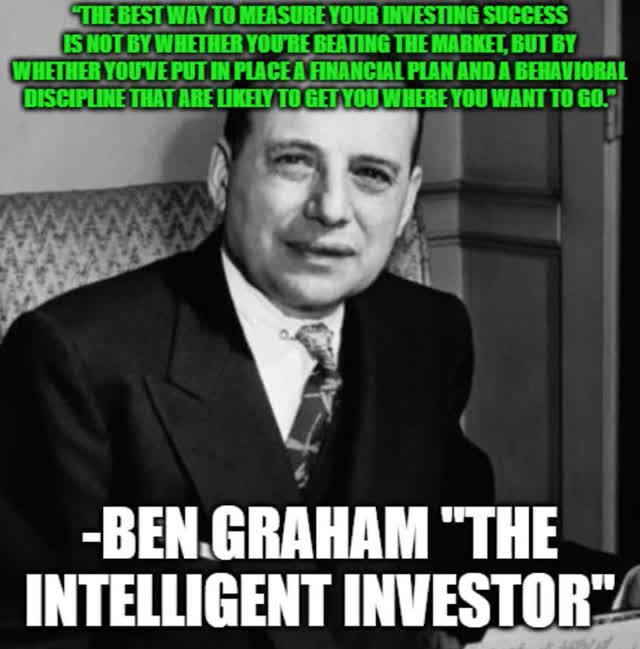PUBLISHED MON, MAR 30 2020
Nancy Hungerford
KEY POINTS
- Attributing the recent gains in equities and emerging market currencies to extraordinary monetary and fiscal stimulus measures, Eric Robertsen, head of global macro strategy at Standard Chartered, warned clients that the risk-rally lacks sustainability.
- “The full extent of the economic fallout is still unknown, and equity and credit markets still face considerable risks from earnings, downgrades and regulatory changes,” said Robertsen in a note.
- Daniel Gerard, senior multi-asset strategist from State Street, agreed that more information is needed from corporations before declaring a bottom. “No one has real insight yet into the impact into earnings, the fundamental drivers of markets here, that’s the next stage to come,” he said.
Investors in Asia are kicking off the new trading week with a note of caution, keeping an eye on volatility emanating from Wall Street.
Following the Dow’s biggest weekly rally since 1938, and the best performance for the S&P 500 and Nasdaq on the week since 2009, investors are debating whether U.S. markets have already bottomed or if more pain is in store.
Attributing the recent gains in equities and emerging market currencies to extraordinary monetary and fiscal stimulus measures, Eric Robertsen, head of global macro strategy at Standard Chartered, warned clients that the risk-rally lacks sustainability.
Consumer confidence hit
“The release of Q1 brokerage statements over the next month will coincide with the release of global economic data showing the depths of the economic collapse,” Robertsen explains in his weekly note. “We believe these two factors combined will exacerbate the weakness in consumer confidence, already under attack from the growing health crisis and the prospect of extensive unemployment.”
He pointed out that while the market declines have been well publicized, these first quarter statements will put “negative returns in black-and-white print” for retail investors. The losses incurred on traditionally safe investments will also hit home, Robertsen suggested, pointing to a recent 5% to 15% decline in exchange-traded funds tied to U.S. credit markets.
The full extent of the economic fallout is still unknown, and equity and credit markets still face considerable risks from earnings, downgrades and regulatory changes.
Investors are waiting on a deluge of economic data this week stateside that could fuel economic gloom. The focus will be on the weekly jobless claims due Thursday, after the prior report revealed a record 3.2 million in claims for the week that ended March 21. The monthly non-farm employment report is due Friday, but is expected to have less significance since the survey will not yet reflect the major shutdowns in the states most impacted by the virus.
Unknown risks
“The full extent of the economic fallout is still unknown, and equity and credit markets still face considerable risks from earnings, downgrades and regulatory changes,” Robertsen said. “For equities and credit, for example, we believe the hit to corporate profits will last longer than the immediate shock of the health crisis.”
No one has real insight yet into the impact into earnings, the fundamental drivers of markets here, that’s the next stage to come.
Addressing arguments that a 25% peak-to-trough drawdown has already priced in a worst-case scenario from these missing variables, Robertsen said: “We believe this sentiment is premature.”
Daniel Gerard, senior multi-asset strategist from State Street, agreed that more information is needed from corporations before declaring a bottom.
“No one has real insight yet into the impact into earnings, the fundamental drivers of markets here, that’s the next stage to come,” Gerard told CNBC’s Street Signs Asia. He credited central bank and fiscal stimulus measures with taking some of the fear out of the market and allowing participants to get back in.
However, he cautioned that this would not lead to a straight line higher from here.
No sign yet of a strong rebound
Vishnu Varathan, head of economics and strategy at Mizuho Bank, questioned if the stimulus-induced upside for risk assets has already run its course.
He predicted that revenue shocks from coronavirus-related containment measures, as well as supply-chain disruptions, would continue for the foreseeable future.
“The bad news could be seeping in, whereas the big bazookas are done with. The shock and awe of policy is about climaxing right now, and there is still not a good sign of a very strong rebound coming through,” Varathan told CNBC’s Street Signs Asia.
Robertsen looked back to the global financial crisis as a lesson in policy-induced rebounds. “Don’t forget that equities bounced in November 2008 when support measures were announced, before trading down to new lows in March 2009. Only then did the recovery begin.”
https://www.cnbc.com/2020/03/30/beware-of-chasing-bear-market-rallies-strategists-warn.html?fbclid=IwAR1sEiaZiQog6-V-SeTaPnTM74qSc2IbaOAOtIb5-_EzHP2cruiYslgyRFU


